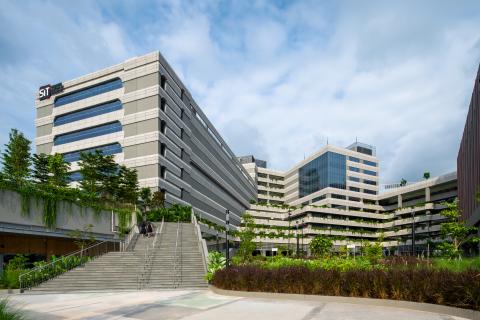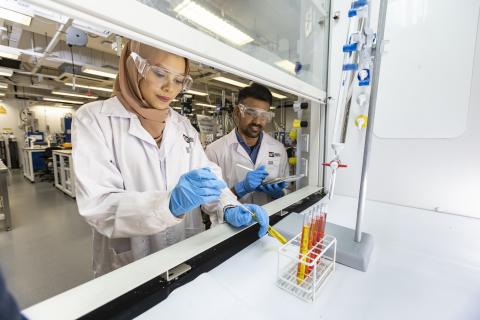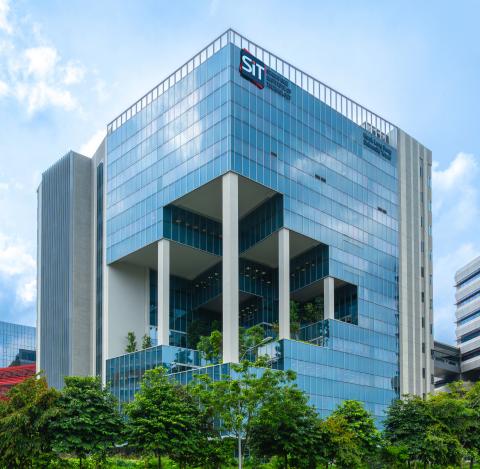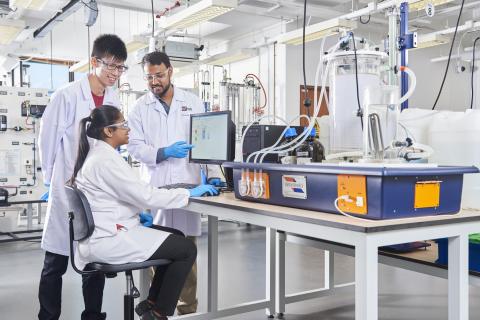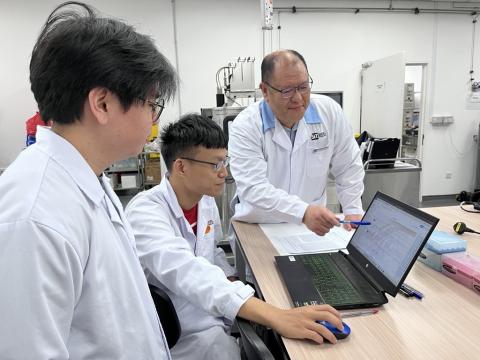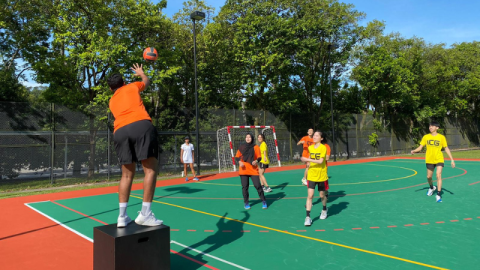![[FA] SIT One SITizen Alumni Initiative_Web banner_1244px x 688px.jpg](/sites/default/files/2024-12/%5BFA%5D%20%20SIT%20One%20SITizen%20Alumni%20Initiative_Web%20banner_1244px%20x%20688px.jpg)
Programme Overview
Aeronautical Engineering is a highly-advanced discipline that explores how flight is possible and how flying vehicles are designed, manufactured, powered, operated and controlled. You will learn to analyse and understand the vehicles’ behaviour, performance, propulsion and power systems, as well as perform detailed design of structural components.
Curriculum
This programme will focus on the advanced concepts of aeronautics. These include flight dynamics and control, aircraft vibration and aeroelasticity, structures and materials, and high-speed aerodynamics. An exciting feature of the programme is a visit to Glasgow where you will carry out a preliminary aircraft design project and perform aerofoil experiments in a large-scale wind tunnel.
Overseas Immersion Programme
Students studying in the University of Glasgow (UofG) degree programmes are required to complete a four-week attachment in Glasgow at the home campus of the University of Glasgow, U.K., where they will undertake a 10-credit group design/practical module, experience a different culture and interact with students there. Some industrial visits and guest lectures may be organised by the University of Glasgow. The estimated cost ranges from S$4,500* to S$5,500*.
Note: Estimated costs are dependent on the prevailing currency exchange rate and flight ticket prices.
Career Opportunities
Aeronautical Engineers will have a strong foundation in aero and fluid dynamics as well as structures and materials of flight vehicles. This prepares them for careers in industries such as aeronautics, propulsion, offshore drilling, renewable energy and automotives.
